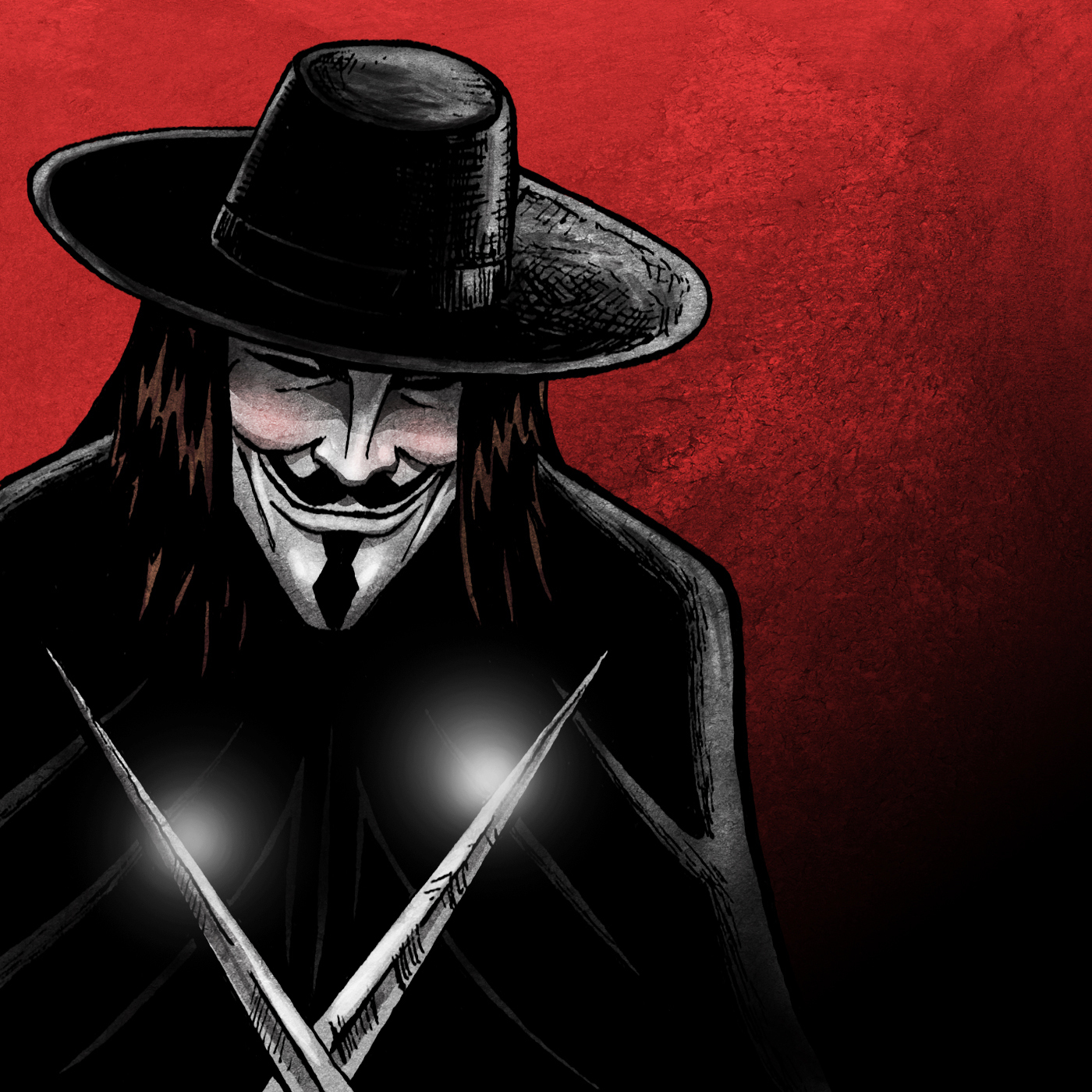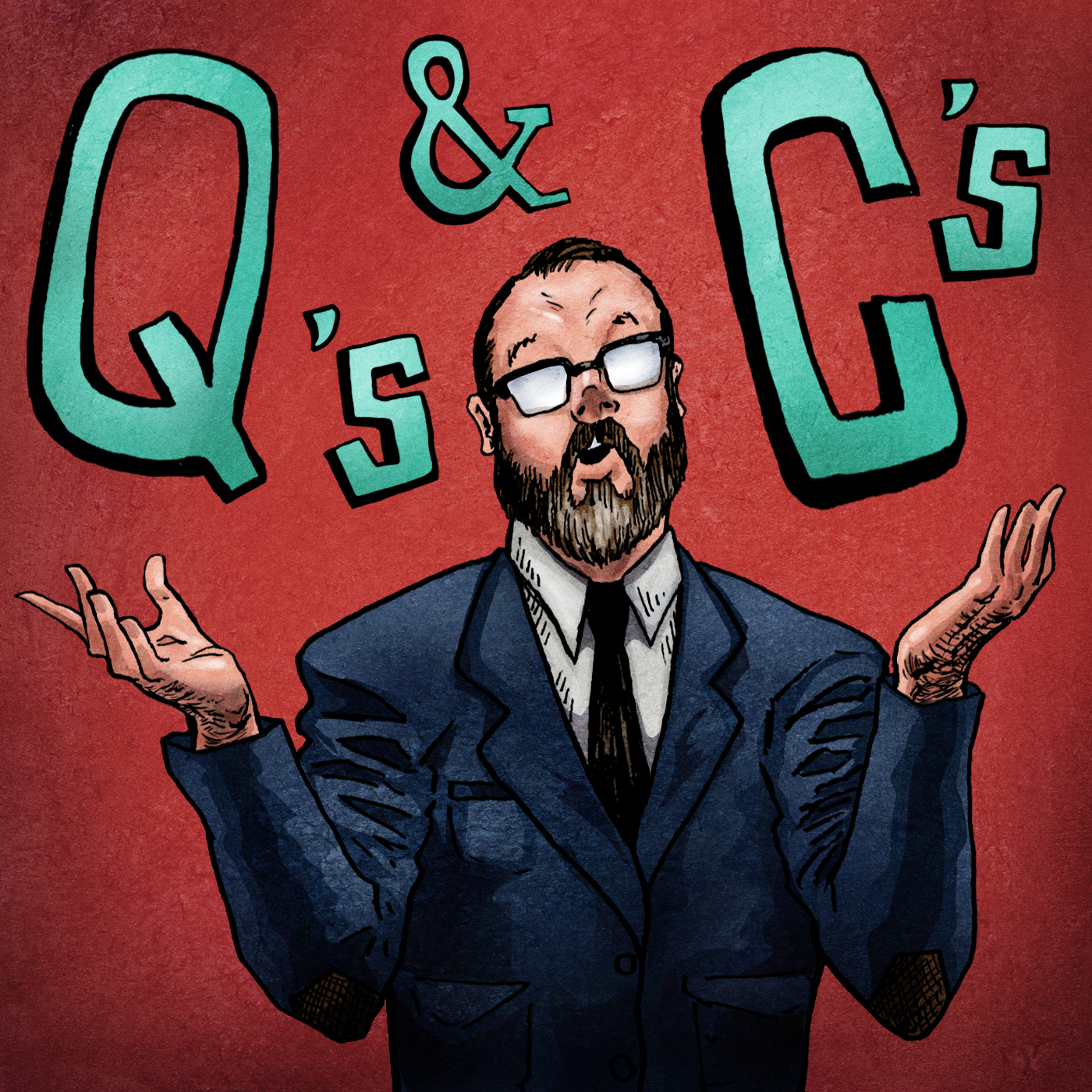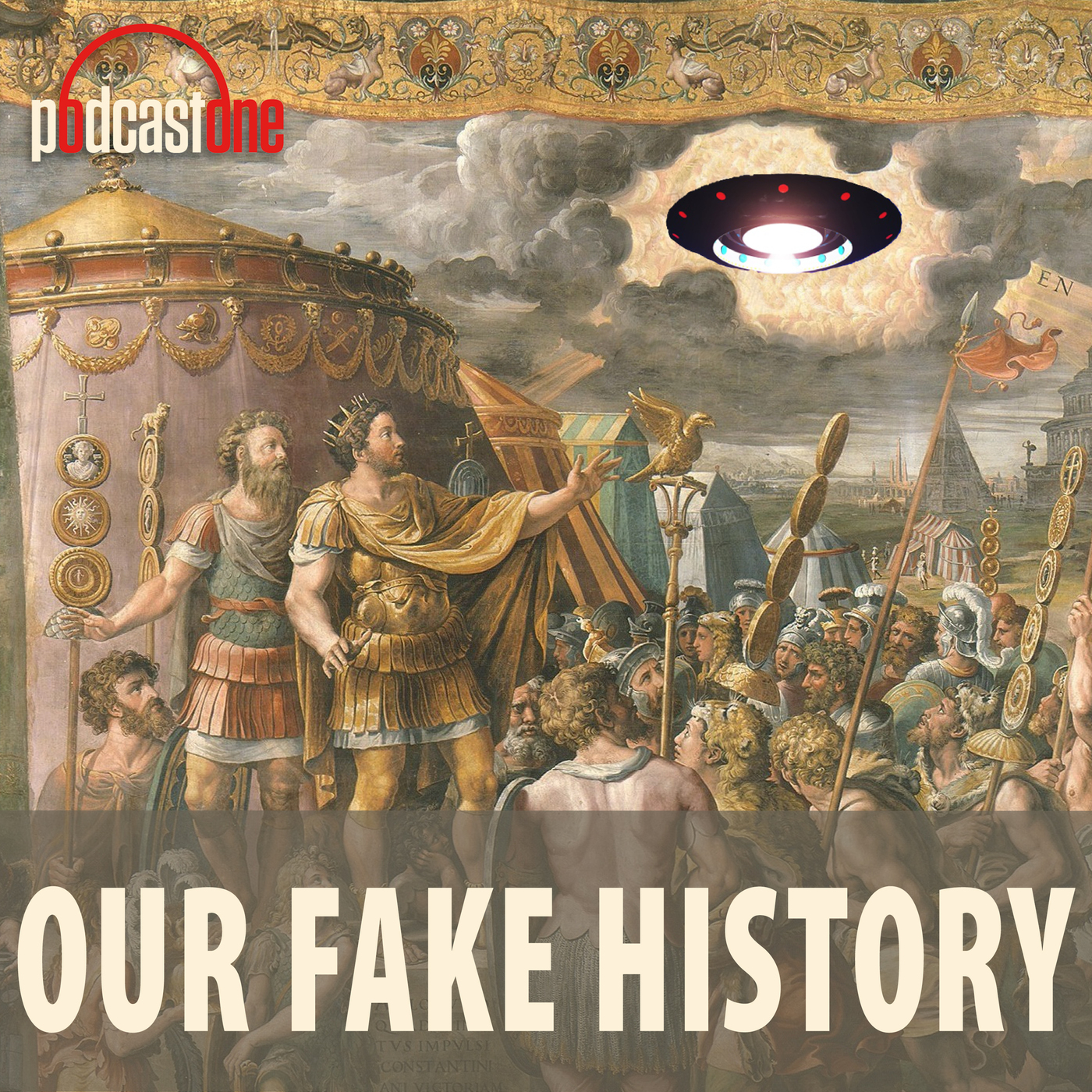Episode #214 - Have We Misremembered the Gunpowder Plot? (Part II)
Trying to come an "objective" understanding of the 1605 Gunpowder Plot has proved difficult for historians. From the the outset the facts of the case were distorted to help serve the political interests of powerful English ministers. The details were massaged so that a group of Jesuits could be framed as the masterminds. But, if the authorities were lying about the Jesuits, what else might they have been lying about? Was the Gunpowder Plot actually a false flag operation cooked up by members of King James' inner-circle? Have revelers on bonfire night been celebrating a lie... or is something more complicated going on? Tune-in and find out how Satan's imps, English Mardi Gras, and the Guilford Guys all play a role in the story.
See Privacy Policy at https://art19.com/privacy and California Privacy Notice at https://art19.com/privacy#do-not-sell-my-info.
See Privacy Policy at https://art19.com/privacy and California Privacy Notice at https://art19.com/privacy#do-not-sell-my-info.
Press play and read along
Transcript
Transcript is processing—check back soon.
Our Fake History — Episode #214 - Have We Misremembered the Gunpowder Plot? (Part II)





